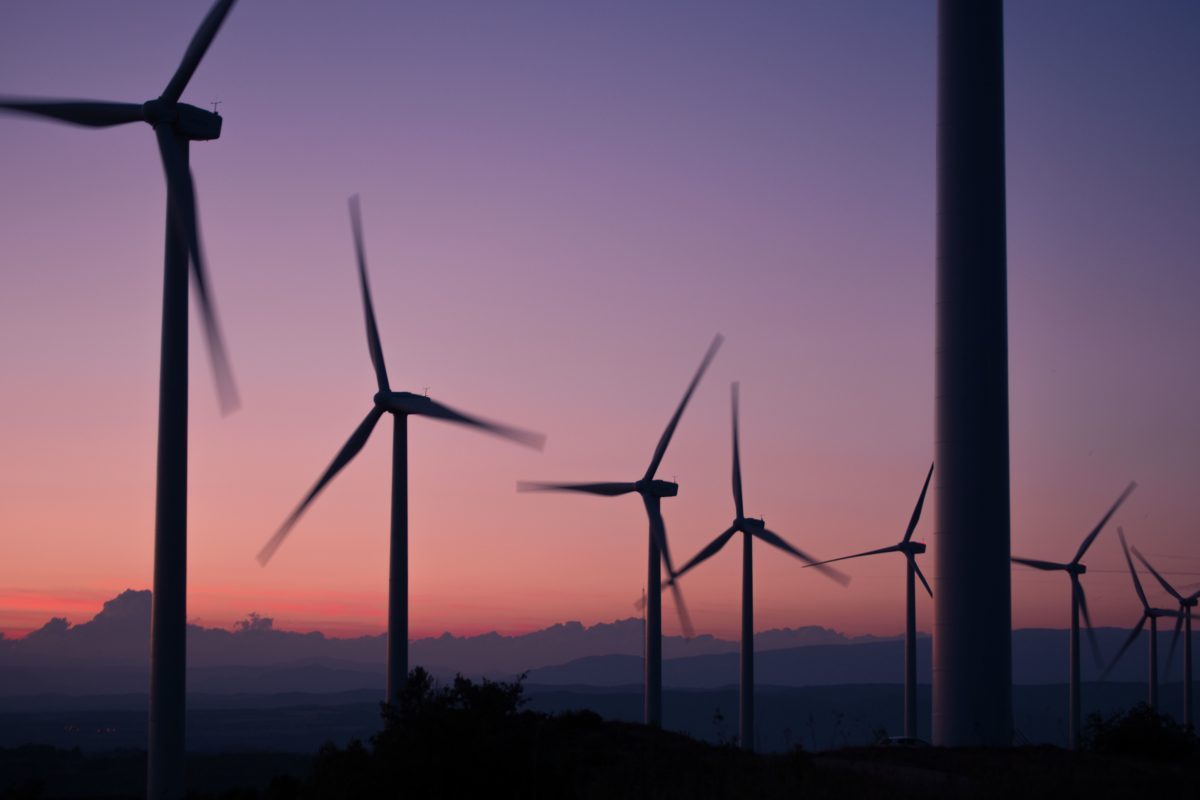In 1956, an American geophysicist named M. King Hubbert wrote a paper on the topic of “peak oil.” The treatise expounded on his theory that, given the current use of oil, the recognized available sources of the resource and the projected needs of industrialized nations in the future, oil production would peak at a certain period in history, after which it would be much scarcer to find. As a result, prices for oil would increase significantly and a variety of societal changes would result from the diminished availability.
What Is Peak Oil?
At that time in the 1950s, Hubbert determined that oil use formed a bell curve, in which the amount of oil that was used would continue to grow until 1970, after which oil shortages and higher prices would inevitably occur because of the natural limit in resources. His mathematical calculations were based on his knowledge of current geological oil formations and current usage of oil, as well as the projected needs of world oil market. His paper created a stir of fear that lead to a fever of efforts to find new oil reserves and drill deeper into environmentally sensitive areas of the planet.
Shortages in the 1970s

The oil shortages in the 1970s seemed to validate Hubbert’s work. However, as the 1980s went on, the ability to extract oil from more difficult or harder-to-reach reserves was facilitated by new types of technology. Although extraction was often more expensive, the new reserves continued to provide additional oil for the emerging economies of the world. Hubbert had to re-calibrate his theory to make 1994 the projected date for peak oil.
Peak Oil Gains New Interest
At the time in the 1950s, peak oil had a great deal of validity. The economy was booming and oil production was expanding at a significant rate. Traditional methods of extraction and refining had been improved to a high degree, and Hubbert’s theory utilized a mathematical model that took these factors into account. However, he could not have foreseen a number of changes that would render the theory inaccurate. However, world political situations continue to change, threatening oil supplies around the world. Continuing problems in the Mideast, as well a de-stabilizing policies in Russia, have created new concerns about when world oil reserves can unexpectedly diminish.
The Rise of Alternative Fuels

Alternative fuels have added another dimension to the calculation of peak oil. Although many countries are accepting sustainable fuels such as solar and wind, these sources fail to provide all the energy needed. These fuels may be able to delay peak oil for a few years, but they are unlikely to resolve the problem of diminished resources for the future.
The peak oil concept focused attention on the realities of modern oil dependence and what could be expected from oil production in the future. Increasing industrialization in emerging countries will continue to increase the amount of oil that is needed to sustain these new economies, and the question of when the peak will occur will continue to raise more concerns about future energy needs.
